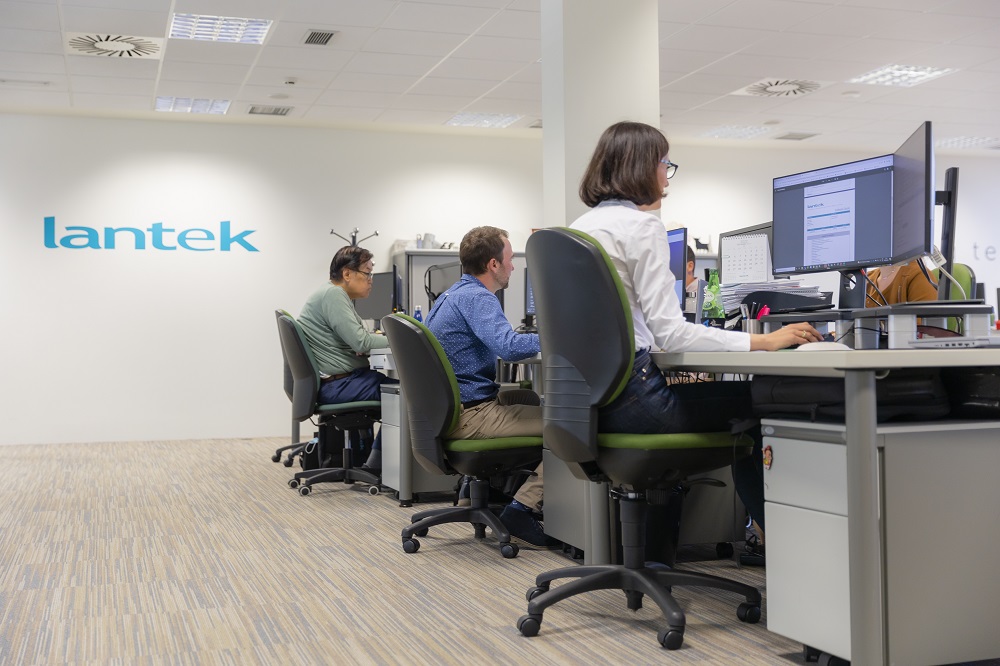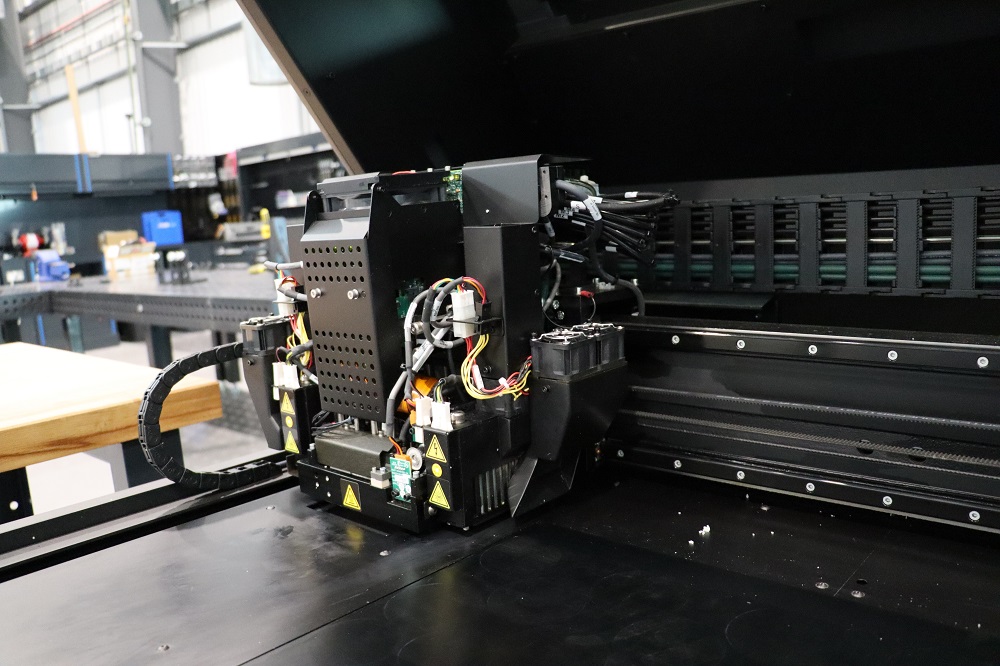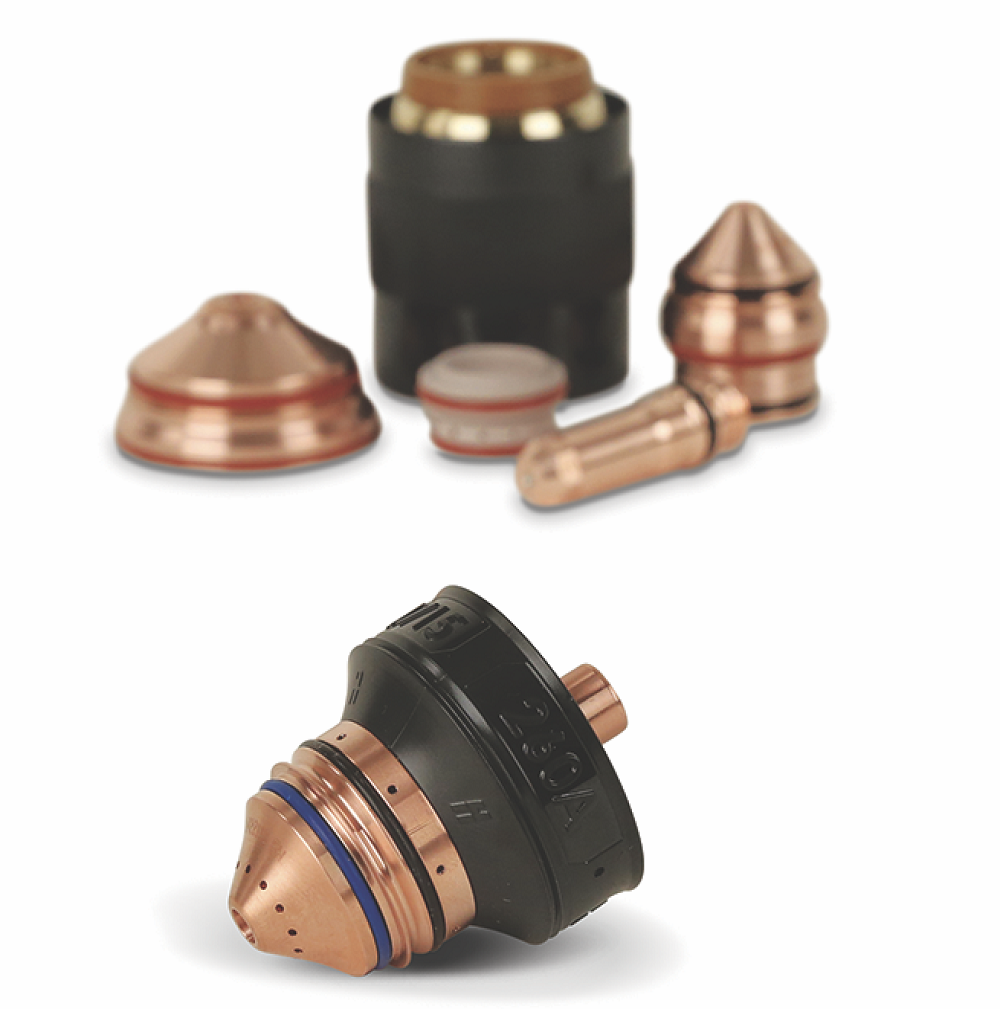Hypertherm Associates, a US-based manufacturer of industrial cutting products and software, has released a single-piece consumable cartridge and cutting torch for Hypertherm HPRXDplasma systems.The new HPR cartridge is for use with current HPRXD systems and, aside from the new torch, requires no changes to the system or system settings. Operators can replace both in seconds without the use of tools.
The cartridge replaces the traditional five-piece consumable stack-up with an aligned part that lasts longer and delivers extended high-definition cut quality. It makes consumable management and assembly much easier, and eliminates errors caused by incorrect handling or installation.
“We’re very excited to bring this new cartridge to market since it offers so many benefits to our HPR customers,” says Kristopher Rich, marketing director for HPRXD products. “It simplifies plasma cutting and training for fabricators, job shops and manufacturers struggling to fill open positions. At the same time, it makes cutting with one of our best-selling systems more efficient by nearly eliminating the high cost of downtime from consumable selection errors and reducing time spent on consumable management and change-outs.”
The HPR cartridge and torch are now available from authorised partners of Hypertherm technology brand products. The cartridge comes in three amperages – 80, 130 and 260 – for mild-steel cutting.
Hypertherm products, including Hypertherm plasma and OMAX waterjet systems, are suitable for companies around the world building ships, aircraft and railway cars; constructing steel buildings; fabricating heavy equipment; erecting wind turbines; and more.
For further information www.hyperthermassociates.com



















